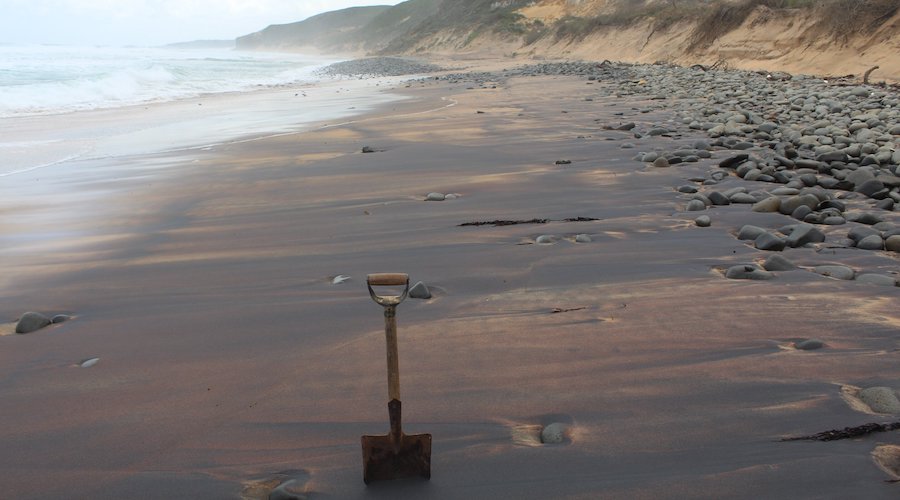
In their view, recognizing these ancient crustal remnants is important for the future of optimized sustainable resource exploration. In addition to this, their findings help explain our planet’s evolution from uninhabitable to life-supporting and, thus, may give clues as to how life may form on other planets.
“There is evidence that an up to four billion-year-old piece of crust about the size of Ireland has been influencing the geological evolution of WA for the past few billions of years and is a key ingredient of rocks formed in WA across this time,” lead researcher Maximilian Droellner said in a media statement. “This piece of the crust has survived multiple mountain-building events between Australia, India and Antarctica and appears to still exist at tens of kilometres of depth under the southwest corner of WA.”
According to Droellner, when comparing these findings to existing data, it appears many regions around the world experienced a similar timing of early crust formation and preservation.
“This suggests a significant change in the evolution of the earth some four billion years ago, as meteorite bombardment waned, crust stabilized and life on earth began to establish,” the researcher pointed out.
How they reached the crust
Droellner and his supervisor Milo Barham made the discovery after firing lasers finer than a human hair at tiny grains of a mineral extracted from beach sand.
In detail, the lasers were used to vaporize portions of individual grains of the mineral zircon and revealed where the grains were originally eroded from, as well as the geological history of the region.
Prior to this, no large-scale study of this region had been done.




